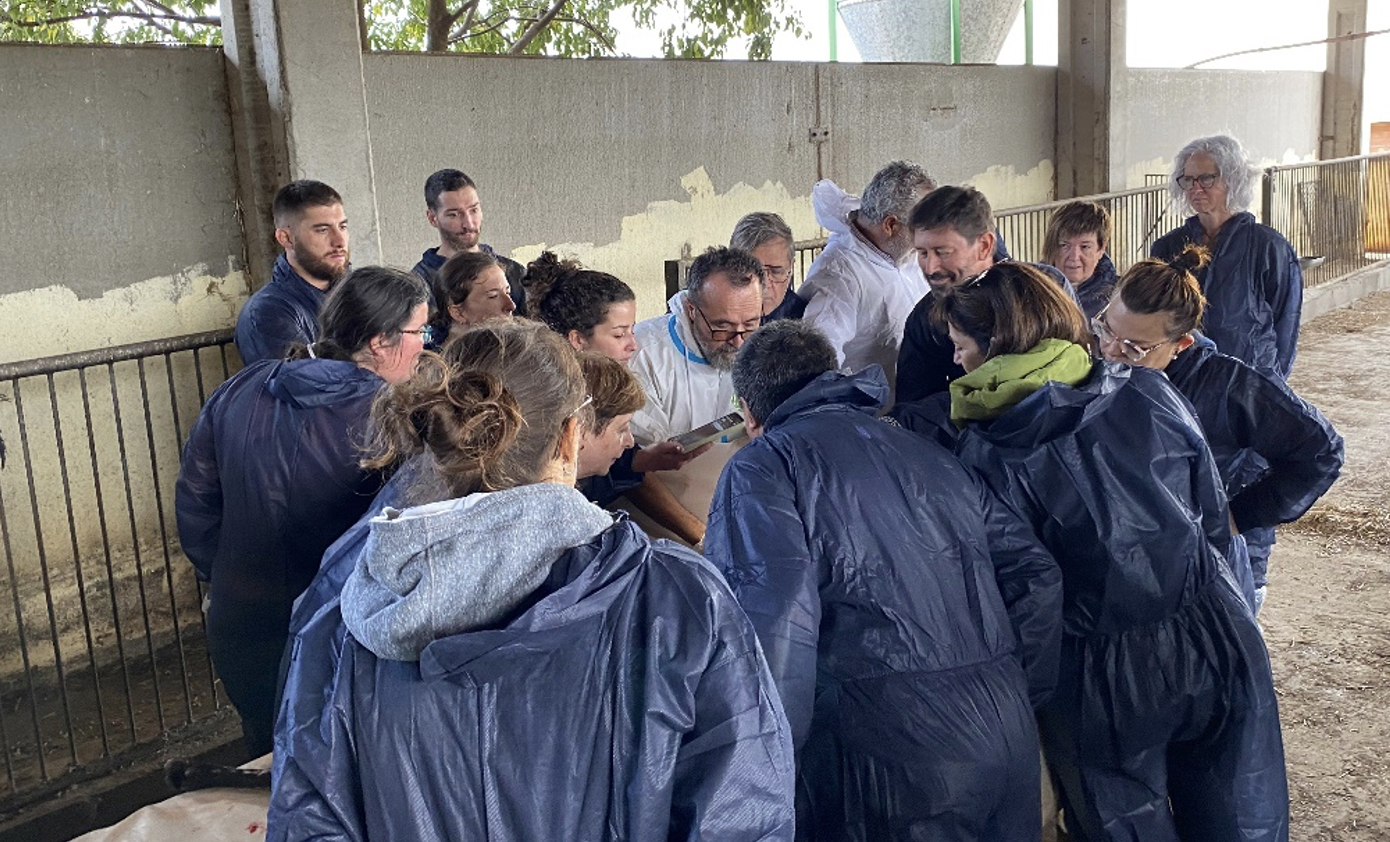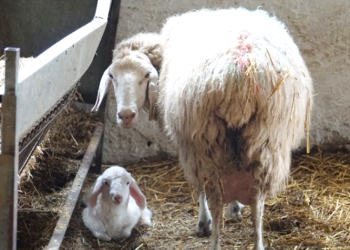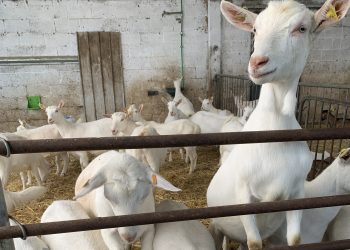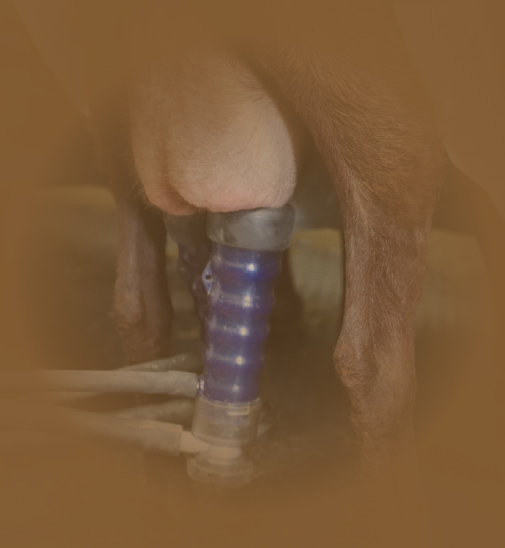In the following article, we interview Marcelo de las Heras, professor of Pathology at the University of Zaragoza (Spain). Marcelo provides us with an overview of necropsy in small ruminants, a crucial technique for diagnosis in the field. We also discuss the most common diseases that affect sheep, with the aim of better understanding the causes and possible solutions for improving health on farms.
What are the main objectives when it comes to necropsy?
The main objective of a field necropsy is to help diagnose a specific problem on the farm. Moreover, it provides historical data concerning the status of the herd when periodic necropsies are performed, however, the latter responds to more specific requirements.
How important is it to perform necropsies in small ruminants?
I think it is of particular significance in the context of ruminants, as it has been demonstrated to be a highly informative technique. Sometimes we can’t arrive at a specific diagnosis, but we can narrow it down to a range of causes and then other tests will help us get closer to the final diagnosis.
Necropsy is one of the most useful and practical techniques in routine diagnosis for the farm veterinarian
When is it appropriate to perform a necropsy?
Whenever there are deceased animals. If they contact you from a certain location and inform you that only one has died, it is likely that there are more. Therefore, it is advisable to prioritize opening up as many animals as possible.
It is advisable to always perform a necropsy whenever there are deaths on a farm
Necropsy can also be used to conduct periodic checks, such as in cases where there is a particular aspect that requires monitoring.

What essential equipment do you recommend?
A basic knife, not overly large. I would suggest acquiring a set of high-quality knives, including both a small and a large knife, as well as a knife sharpener. I don’t recommend the use of scalpels, except for certain specific samples that require cleanliness when taking the sample.
Then also a hammer or a medium-sized axe-hammer is always useful. While not mandatory, secateurs can be very helpful. Also, always have some tweezers and scissors with you.
What are the most common findings during necropsies in small ruminants?
Well I believe it is important to differentiate two stages in livestock production: the lambs or fattening lambs and the adult sheep. And through investigating the cause of death, we identify problems, and then through monitoring, we identify additional issues.
At earlier ages, the main cause of death is respiratory problems associated with bacteria, such as Pasteurellaceae. We have M. Haemolyticas, B. Trehalosi, some sheep Histophilus, and other bacteria. These bacteria can lead to sepsis. And I should add that E. Coli can also sometimes cause sepsis.
In lambs, the main cause of death is bacterial respiratory problems
Basically when there are deaths we observe acute lung problems. Additionally, through monitoring it has been determined that chronic lung problems are a contributing factor in the development of respiratory diseases in sheep. And this is frequently associated with gastrointestinal lesions, coccidiosis essentially.
In adult sheep, the problems are much more varied. It is important to note that respiratory problems are also very common. In this case, however, the disease is different and occurs in a different form. The agents involved are also very similar, or viral infections, such as lentivirus. In terms of gastrointestinal problems, paratuberculosis is a common diagnosis.
Foetal necropsy is very useful in the diagnosis of diseases, such as toxoplasmosis and neosporosis for example. The primary concern is the potential for zoonosis , which means stringent safety measures are needed, including thorough cleaning, disinfection, and proper carcass disposal.




